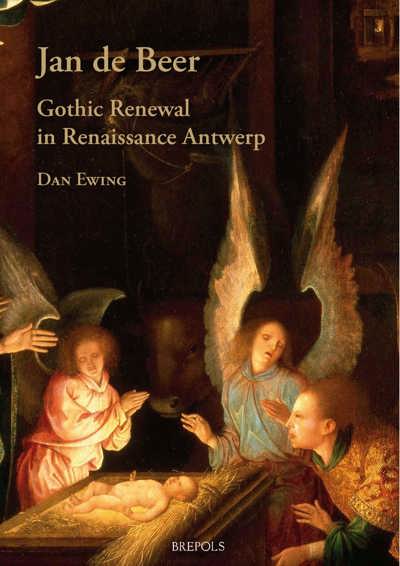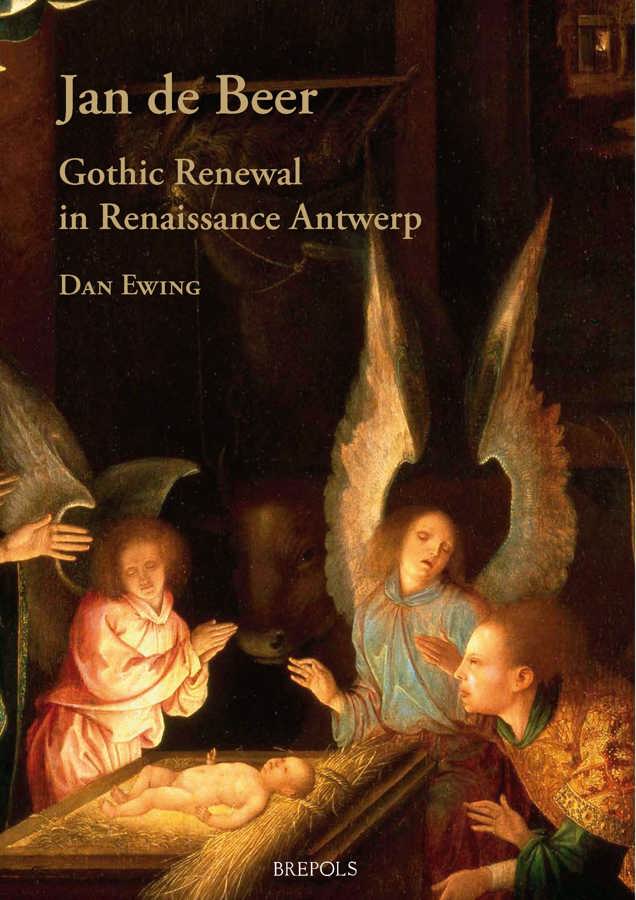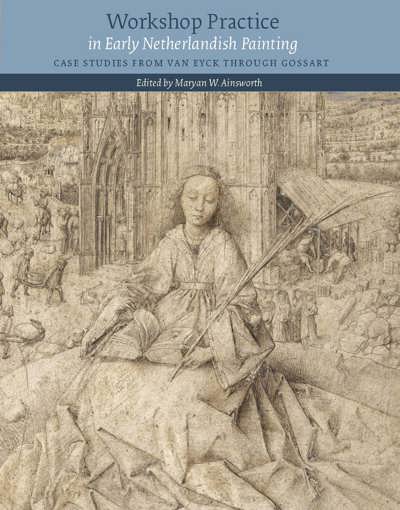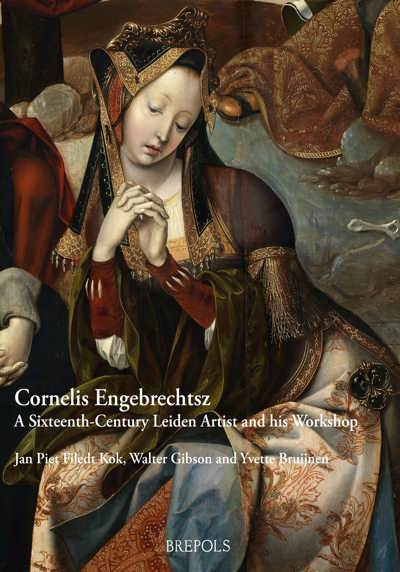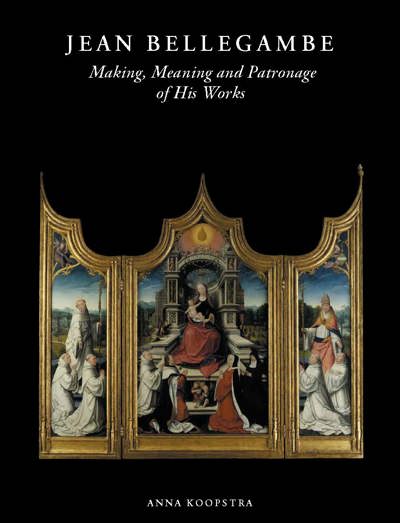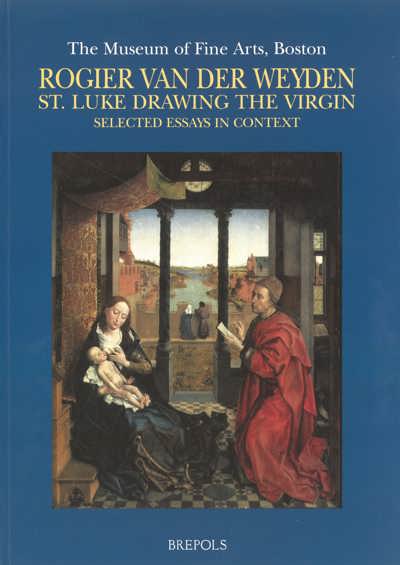
Jan de Beer, Gothic Renewal in Renaissance Antwerp
Dan Ewing
- Pages: 385 p.
- Size:210 x 297 mm
- Illustrations:62 b/w, 203 col.
- Language(s):English, Middle Dutch
- Publication Year:2016
- € 180,00 EXCL. VAT RETAIL PRICE
- ISBN: 978-2-503-55531-7
- Hardback
- Available
The first published monograph on the Antwerp painter Jan de Beer (c.1475-1527 /28), with an oeuvre catalogue
“This handsome, well-illustrated book represents a culmination of Dan Ewing’s work on Jan de Beer and will take its place as the standard monograph on this artist for some time to come.” (John Oliver Hand, in Historians of Netherlandish Art, March 2017)
“‘Dan Ewing’s Jan de Beer is a shining example of what can be achieved by nurturing a project over the course of a career. Ewing’s book is distinguished by the extensive research, breadth of knowledge, and depth of thinking that come only with time. (…) Ewing produces a page turner, building layer upon layer, as he pushes his evidence to the limit and carefully, logically, builds his arguments. His book is certain to become the standard monograph on Jan de Beer.” (Diane Wolfthal, in Renaissance Quarterly, LXX / 3, 2017, p. 1068-1070)
“Dan Ewing has written an impressive and essential book about one of the most important but least understood painters of Antwerp (…) Ewing’s compelling account prompts further questions about Antwerp Mannerism. These are questions that we can now fruitfully address with the publication of Ewing’s excellent study.”(Ethan Matt Kavaler, in Historians of Netherlandish Art, October 2017)
Dan Ewing (1949) completed his dissertation on Jan de Beer at the University of Michigan in 1978. He is Professor of Art History at Barry University in Miami Shores, Florida, and has published on De Beer, Jan van Eyck, and Michelangelo. In 1990 his archival study of the Antwerp Cathedral account books for the Pand art market, 1460-1560, was published in The Art Bulletin. In 2005 he was a contributing author for the Antwerp exhibition, ExtravagAnt! A Forgotten Chapter of Antwerp Art, 1500-1530. He contributed to the 2007 Patinir exhibition in Madrid and the 2011 Joos van Cleve exhibition in Aachen. Among his many research grants are an award from the Samuel H. Kress Foundation and two awards from the National Endowment for the Humanities.
The Antwerp painter Jan de Beer (c.1475-1527/28) was highly esteemed in his lifetime and still famous forty years after his death, but then fell into oblivion until the early twentieth century. This monograph is the first published, comprehensive study of his art and career. Its biography is the result of a thorough search of the archives and includes a recently discovered teaching contract with Lieven van Male of Ghent. All documents are fully transcribed, including documents for the artist's painter-son, Aert de Beer (c.1508-1538/40). Results from technical studies of the artist's work, including underdrawings and dendrochronological dating, are incorporated throughout the book.
The artist's surviving oeuvre consists of forty works, mainly devotional paintings and triptychs but also a dozen drawings and a stained glass window in Antwerp Cathedral after a lost design. De Beer's stylish, elegant art exerted a powerful appeal upon the buying public, churches abroad, and copyists. His lost Adoration of the Magi was the best-selling painting design in Antwerp at the time. De Beer is further important as one of only two Antwerp artists of his generation for whom a significant body of drawings exists. The catalogue of paintings and drawings by the artist and his workshop, including the numerous copies and variants, comes to over 170 works.
De Beer's art is typically associated with the work of the Antwerp Mannerists, a prominent group of painters active in the city during his lifetime. This study argues that De Beer's work, plus that of the Mannerists and the city's retable carvers, should be understood as a novel, modern expression of late Gothic art, a sixteenth-century renewal of the Gothic mode that was also manifested in contemporary architecture, calligraphy, music and poetry.
